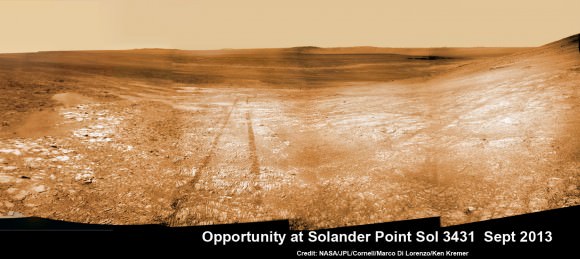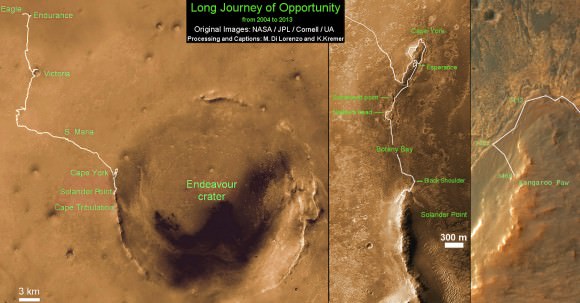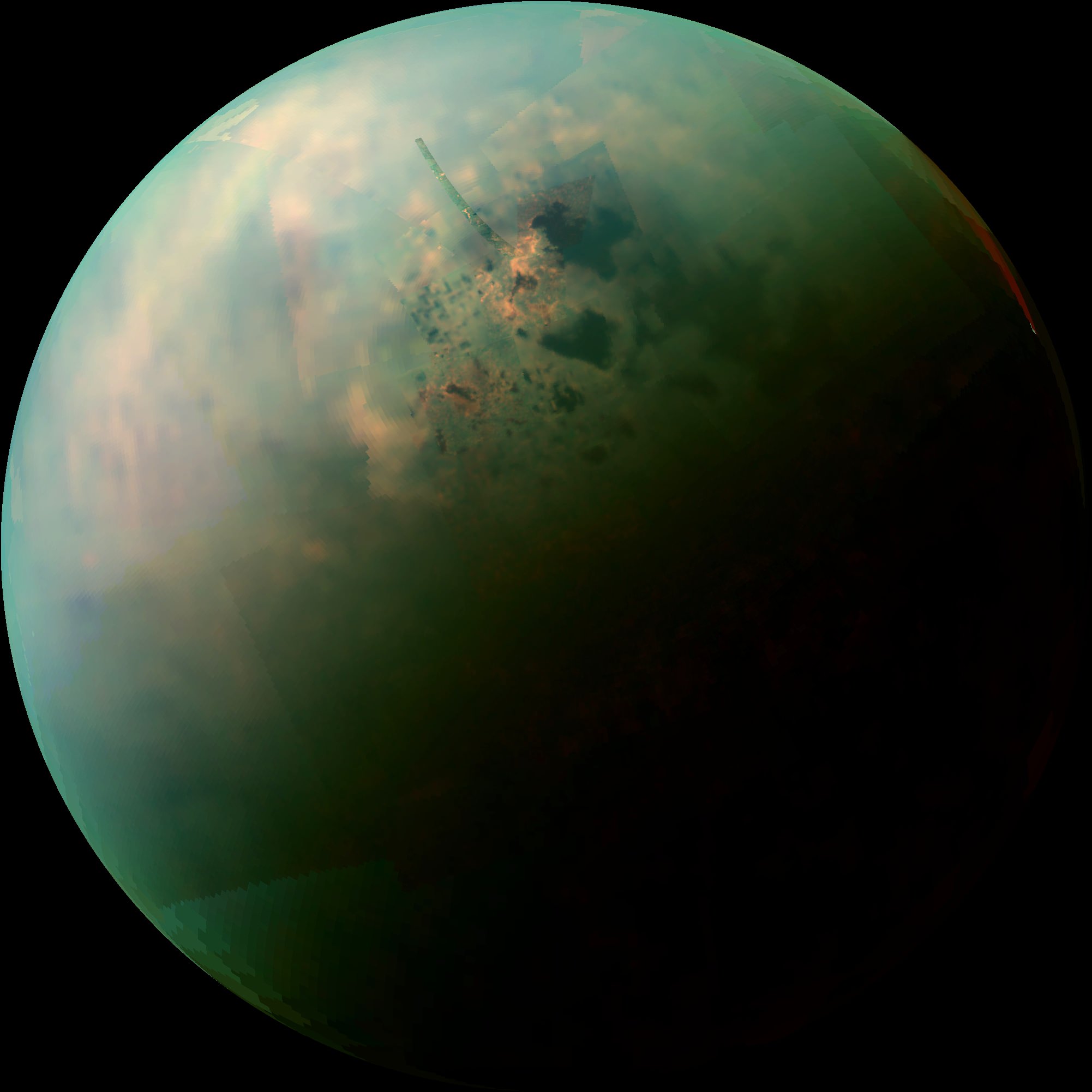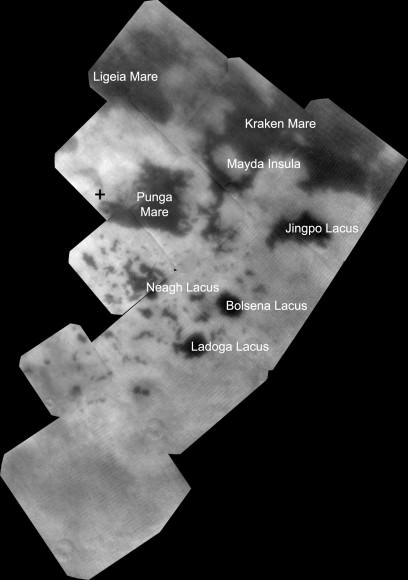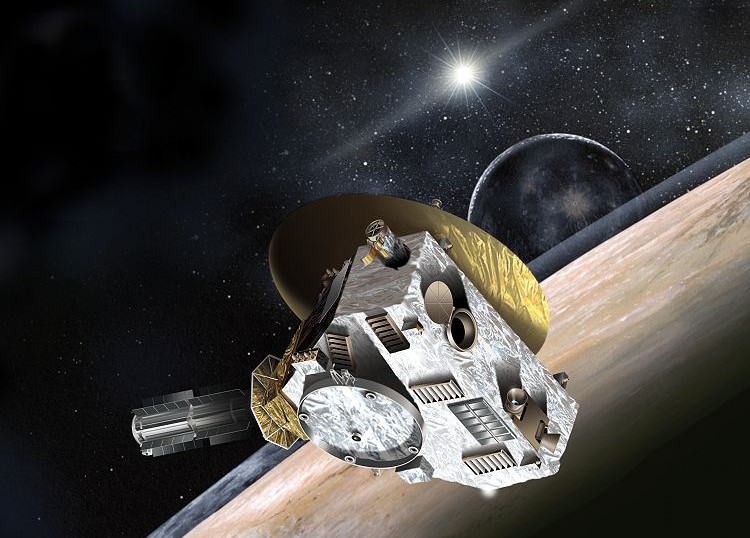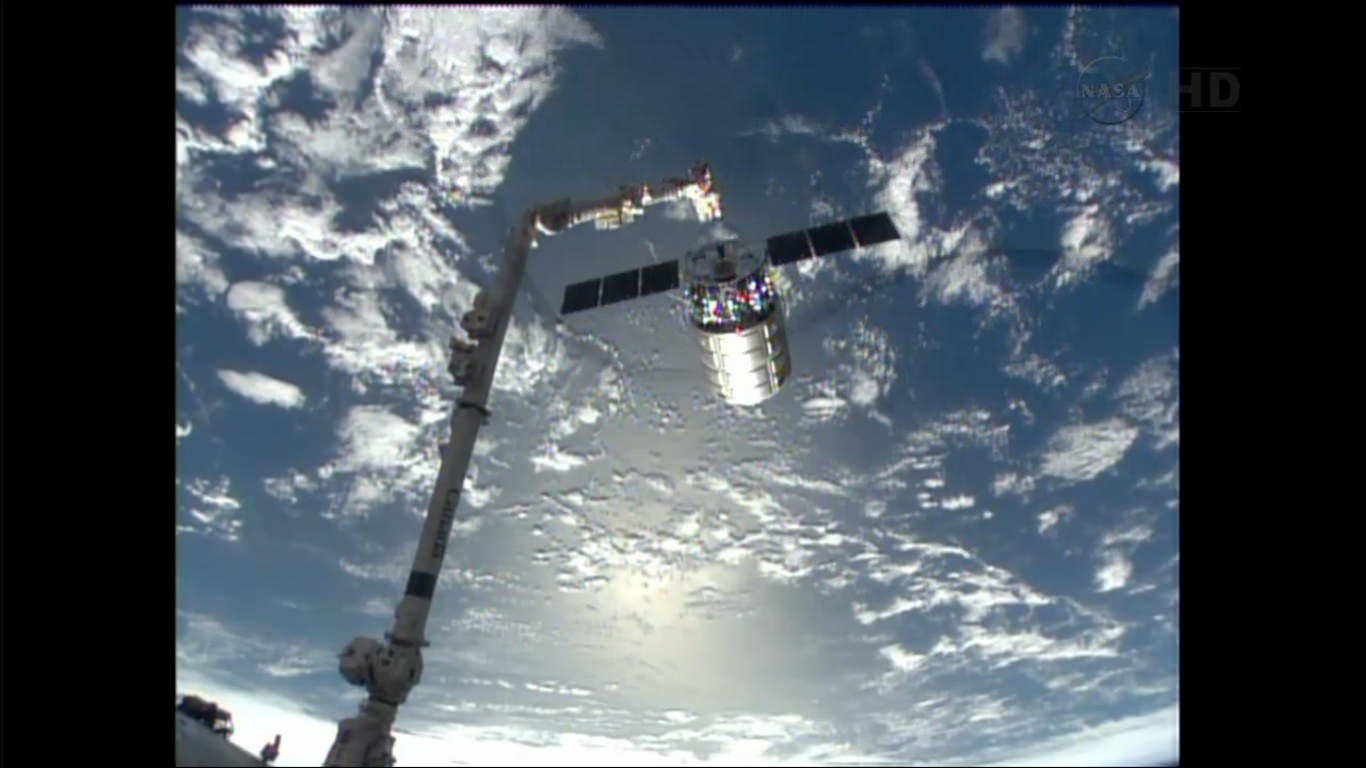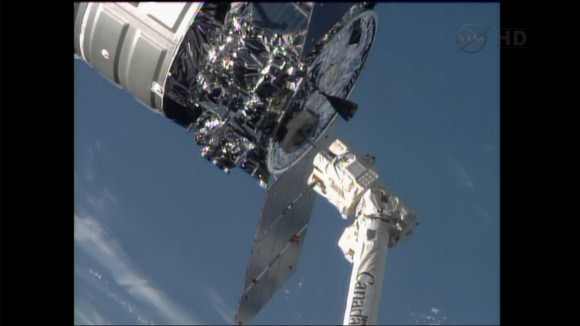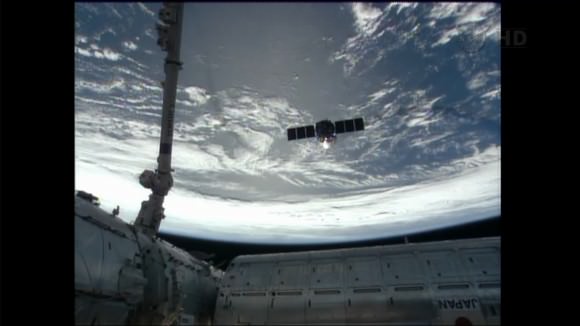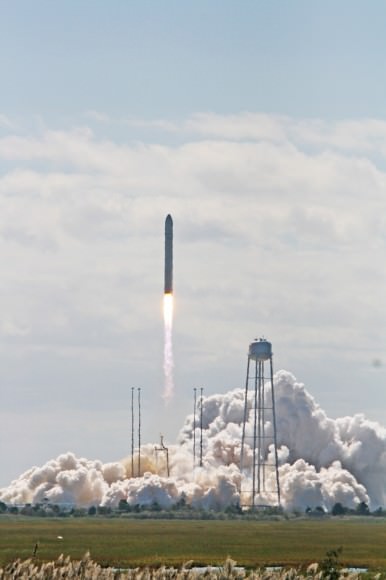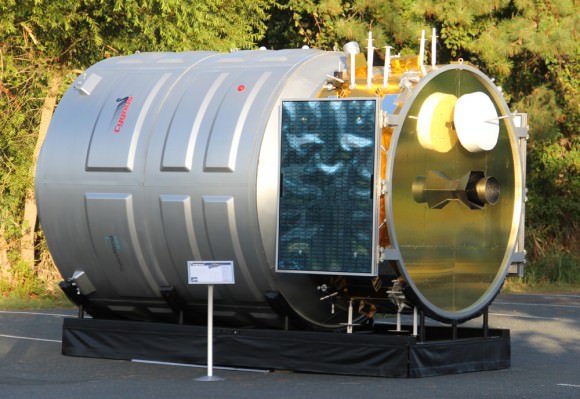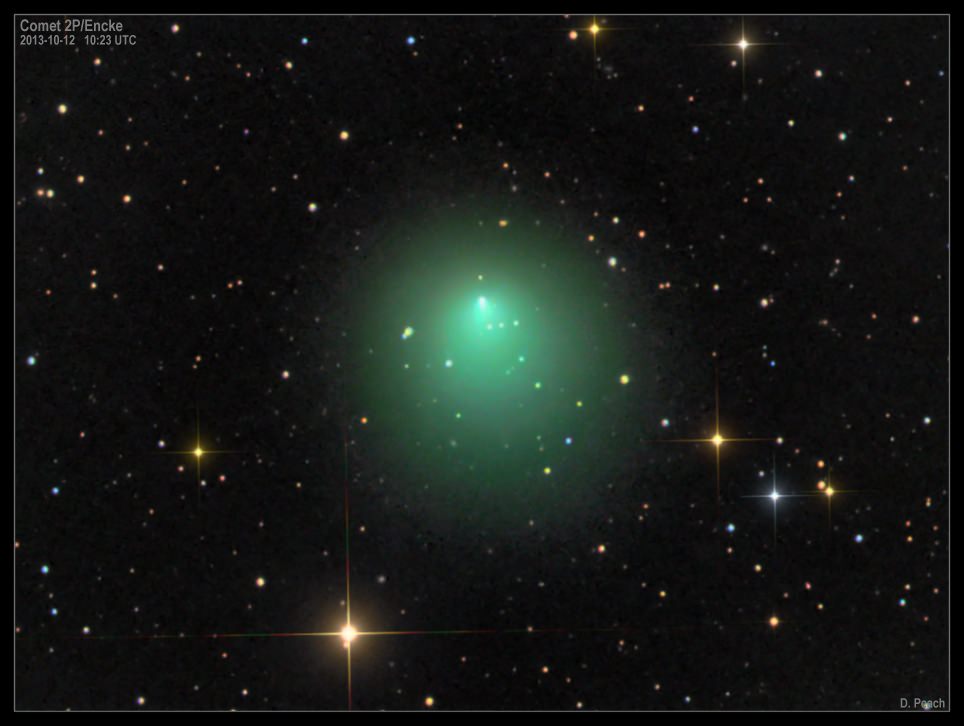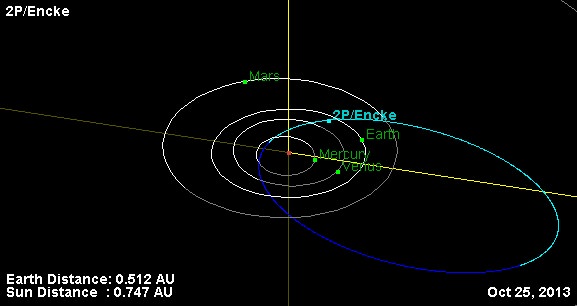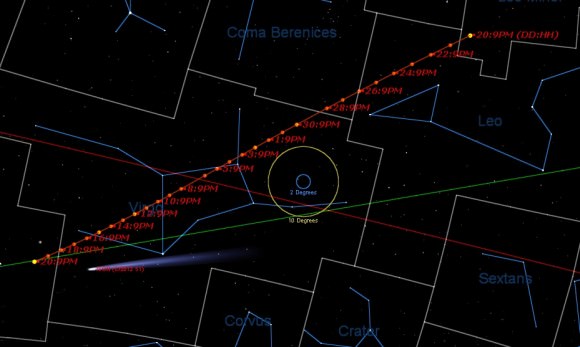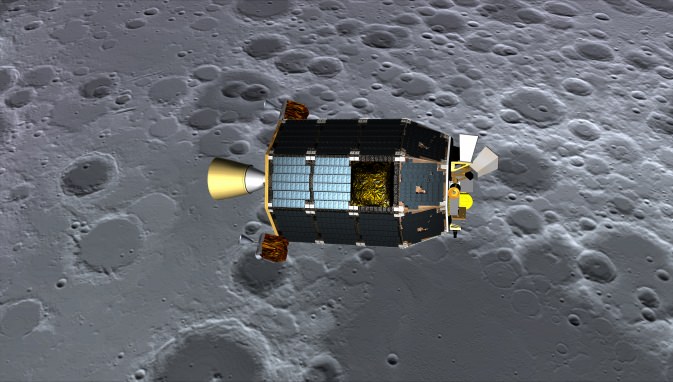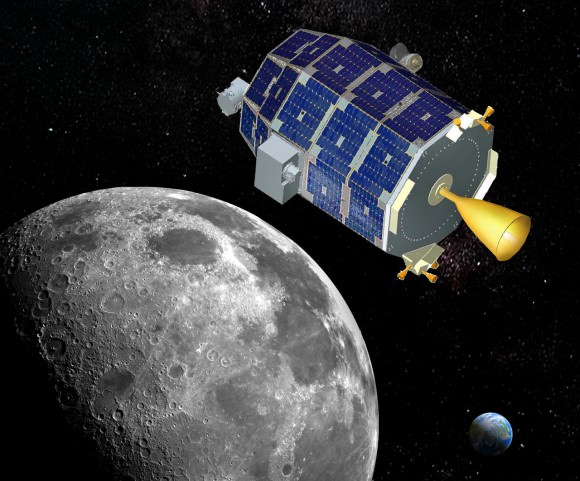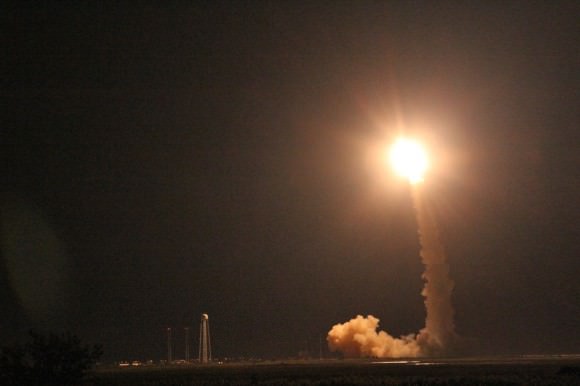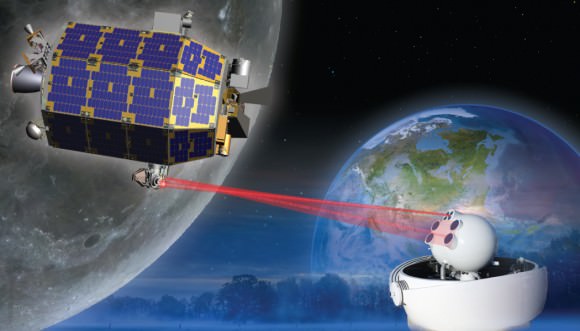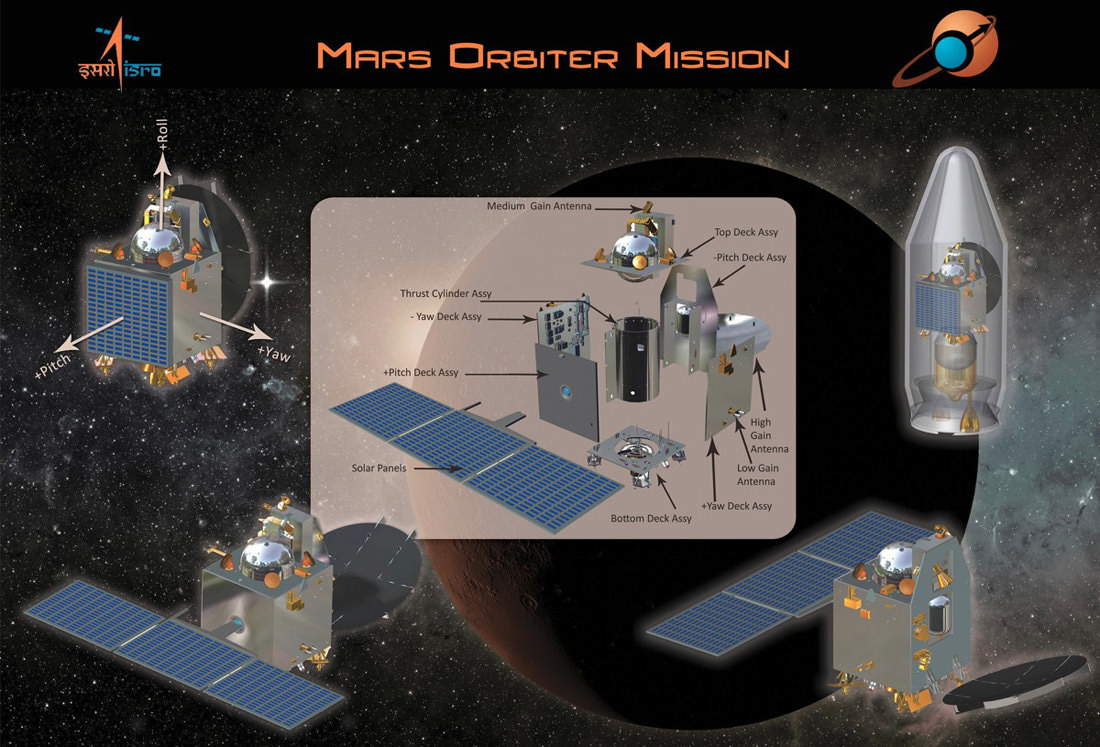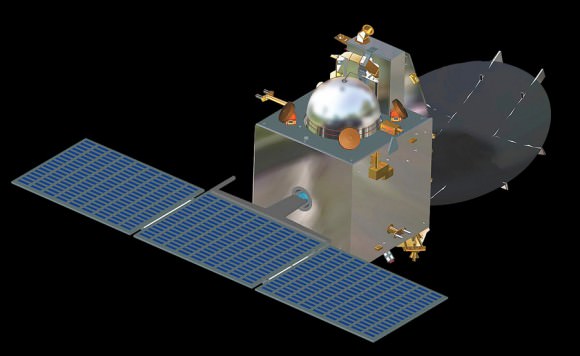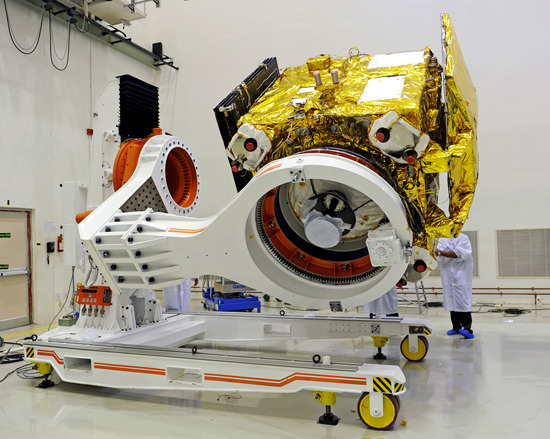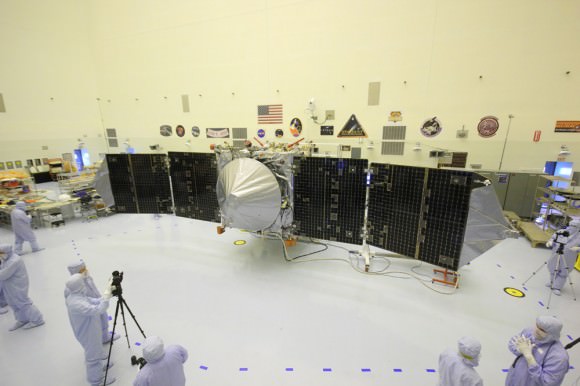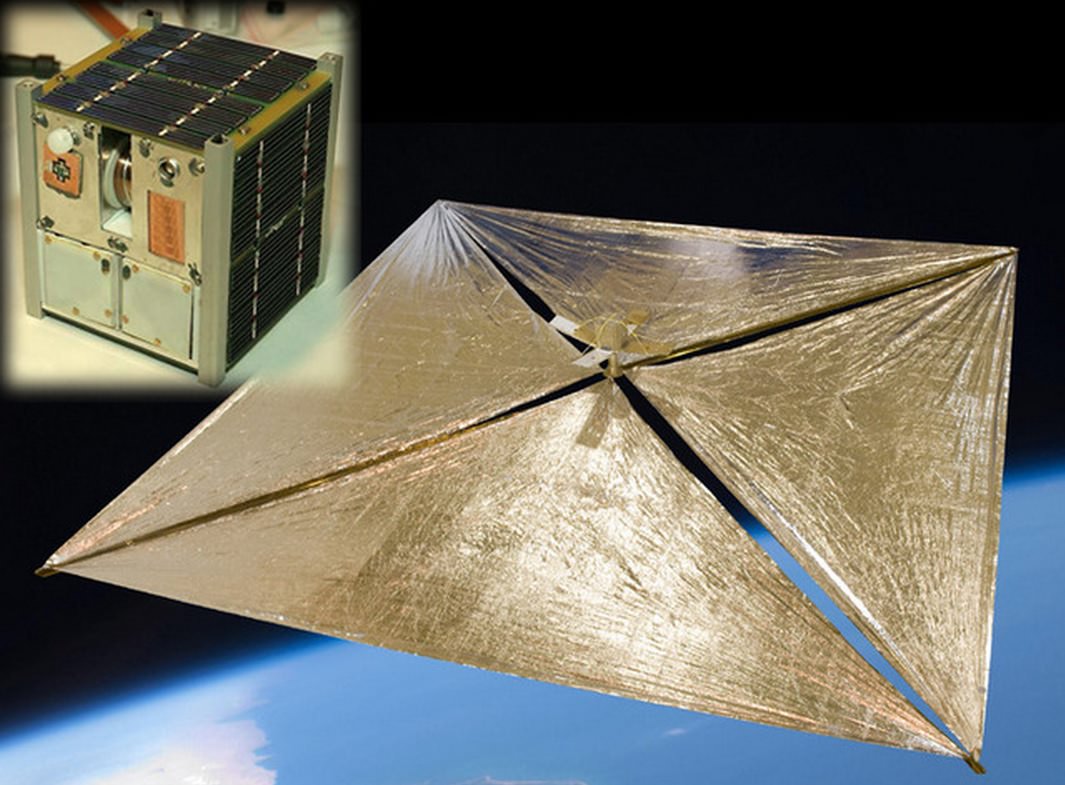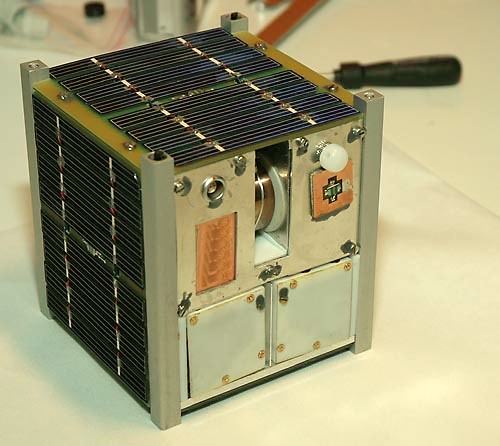“If we get hit 20 years from now, that’s not bad luck. That’s stupidity.”
That’s what former NASA astronaut Ed Lu has to say about asteroids and our efforts to search for them. He delivered those comments at a panel discussion today at New York’s American Museum of Natural History. He and several other astronauts spoke on behalf of the Association of Space Explorers (which, as the name implies, consists of astronauts, cosmonauts and the like.)
We guess that as astute readers of our publication, you know that a planetary threat from asteroids (and comets) exists. And there’s certainly more we can do; when that 17-meter asteroid blasted Russia earlier this year, Lu said most space agencies learned about it from social media!
So what’s being done about these threats? Here’s a roundup of the panel discussion’s information and some related information.
- Since Lu is the CEO of the B612 Foundation, there was a heavy emphasis on the agency’s proposed Sentinel telescope. Intended to launch in 2018, it would survey the solar system in infrared and seek out potential hazards.
- To date, NASA’s NEO Observations Program has found 95 per cent of near-Earth objects larger than one kilometer, Jet Propulsion Laboratory scientist Amy Mainzer told Universe Today in a separate conversation today.
- Mainzer also brought us up to speed on the Near-Earth Object Camera (NEOCam) proposal, which she’s been working on since 2005. Her group received technology development funding in 2010 to improve their infrared detectors, which succeeded in passing recent tests. Their group will seek more funding for NASA in the next opportunity.
- The WISE spacecraft’s NEOWISE mission, meanwhile, is going to restart early next year, Mainzer added. “While NEOWISE is not nearly as capable as NEOCam will be, it will improve our knowledge of the diameters and albedos of about 2,000 NEOs and tens of thousands of main belt asteroids,” Mainzer wrote. “With the NEOWISE prime mission, we discovered more than 34,000 new asteroids and observed >158,000 in total. We have used our data from NEOWISE to set constraints on the number of NEOs and potentially hazardous asteroids.”
Getting the United Nations involved:
- This week, the United Nations Committee on the Peaceful Uses of Outer Space adopted several steps related to asteroids. It’s planning an International Asteroid Warning Group (to share detections and warn of potential impacts), an Impact Disaster Planning Advisory Group, and a Space Missions Planning and Advisory Group (which would look at deflection missions, options, costs, etc.)
- Why go with the United Nations? In the panel, NASA Apollo astronaut Rusty Schweickart explained it this way: deciding how to deflect an asteroid posts risks. You might be moving the impact path past a country that would not have been at risk before the deflection. It’s best to make such moves internationally, rather than having (say) the United States make a decision that could increase Russia’s risk to an asteroid.
- The problem? Working by committee is slow, says former Romanian astronaut Dumitru-Dorin Prunariu: “You would think with the United Nations that we started to think about asteroids only in 2007, 8 or 9, but the first input was done by 1999 at the Unispace conference, the United Nations International Conference in Space.” People have been working hard, to be sure, but making a good, inclusive plan just takes time. An action team was formed in 2001, a working group was in place by 2007, and the adoptions by UNCOPUOS (as we stated earlier) took place this week.
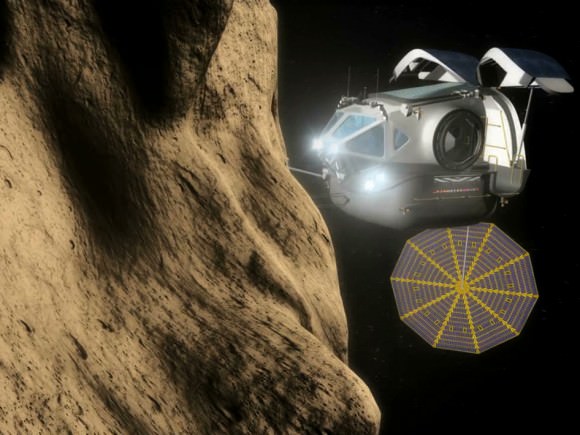
- Schweickart: “Money is hardly an issue in this. This is a very inexpensive thing to do. It’s organizational setting the actual criteria, thresholds whatever.” It would only cost 1% of the NASA budget for the next 10 years, and less than 0.5% after that. (The NASA budget request for 2014 was $17.7 billion, so 1% of that is $177 million.)
- The panel members emphasized that it’s best to start the search early and find the threatening asteroids before things become an emergency. If a moderate-sized asteroid was discovered only a few months out, it might be better just to evacuate the affected area rather than try to pull together a last-minute mission to stop the asteroid.




